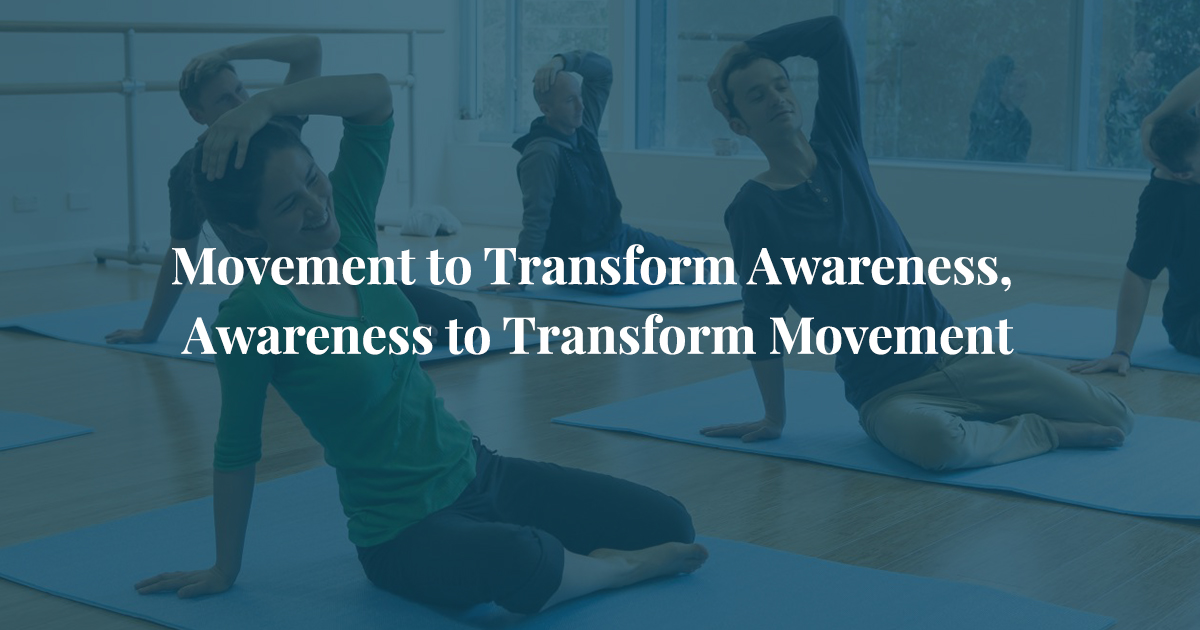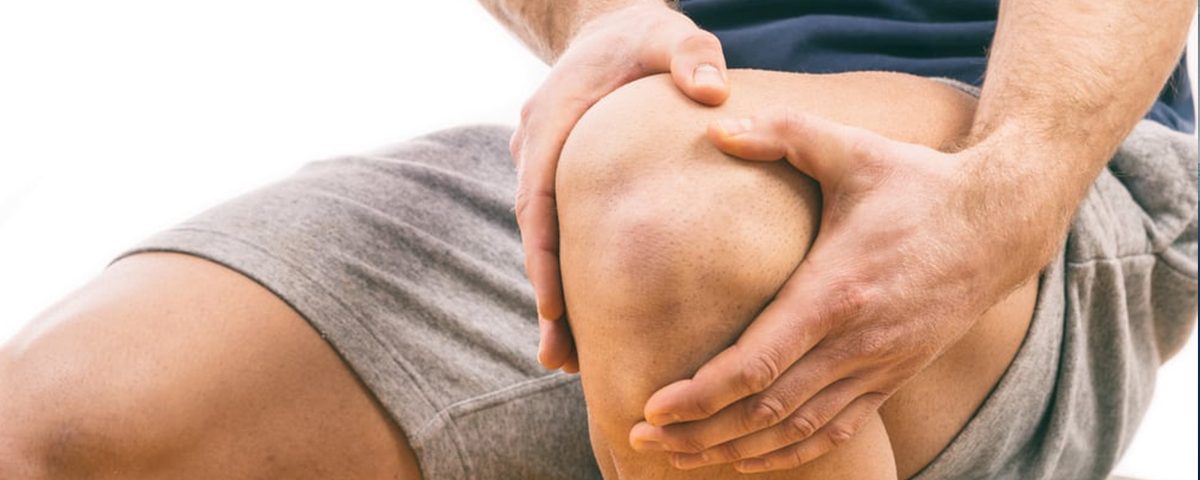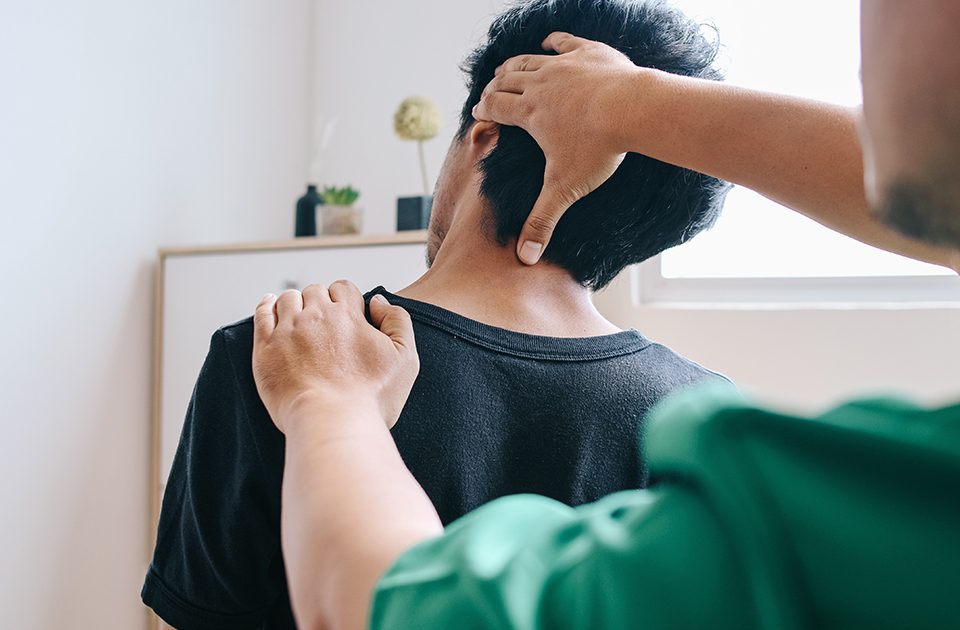
The Body Has Everything It Needs to Heal from Within
November 10, 2019
Movement to Transform Awareness, Awareness to Transform Movement
November 12, 2019Using Feldenkrais in Conjunction with Physical Therapy for Knee Injuries

In trying to heal from a medial knee meniscus injury, I went to a physical therapist who recommended 4 exercises to strengthen specific muscles around the hips and core.
While she was knowledgeable and accurate in her assessment, I found doing the exercises to be somewhat boring and isolating – they focused only on one muscle, to the exclusion of the rest of myself.
I spoke to one of my colleagues who hosts a library of Dr. Feldenkrais’ many lessons, organized by categories. She made some key suggestions as to particularly useful lessons for my issue.
These lessons focused on Healthy Joints and the neurological connection between toes, ankles and leg. For example swiveling from the ankles through the entire self, how we sense our feet, feeling how turning the ankles affects the joints all the way up the leg, as well as connecting the ankles to low back and basic flexion lessons.
The daily application of the Feldenkrais Method essentially warmed up my body and provided a “whole body” context to doing the PT exercises and getting more out of them. The two in conjunction greatly alleviated my pain.
What I took away from doing the Feldenkrais lessons daily were several key points:
1) We don’t move in isolation, but through a coordination of our whole skeleton, muscles and nervous system working together.
2) By learning to reduce superfluous effort, we find “our” comfortable range to move that is both pleasurable and healing.
3) Movement requires the torso, whether we are reaching for something or moving from one place to another. In reaching, the movement doesn’t end at the top of the shoulder joint, but originates from the middle of the back. The same for walking; the legs swing from the middle of the back.
4) Connecting through the kinetic chain; i.e. ankle joint to knees to hip joint to our back makes for efficient and pain free movement.
5) Whole body movements, which may originate distally, travel through the proximal parts of ourselves.


